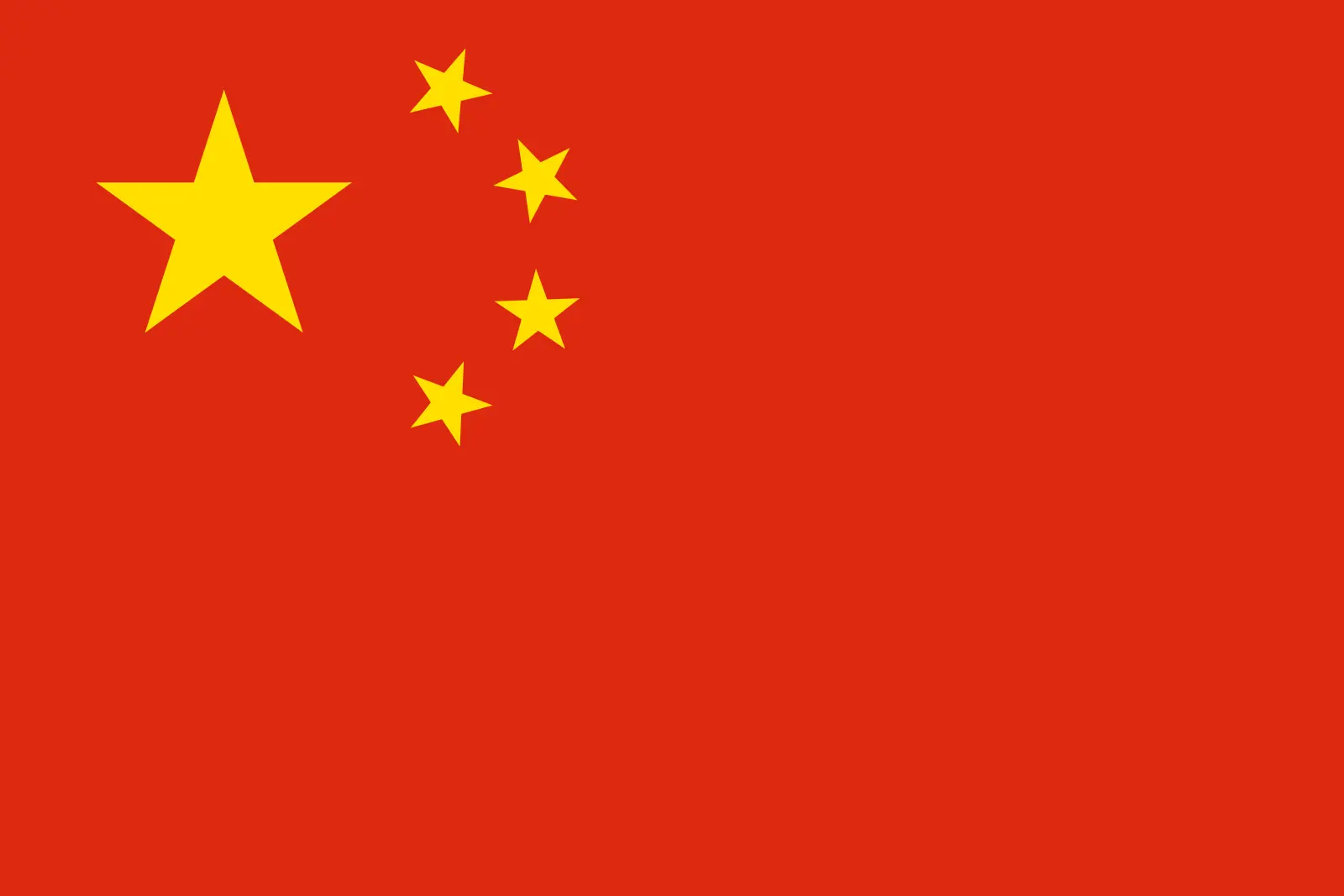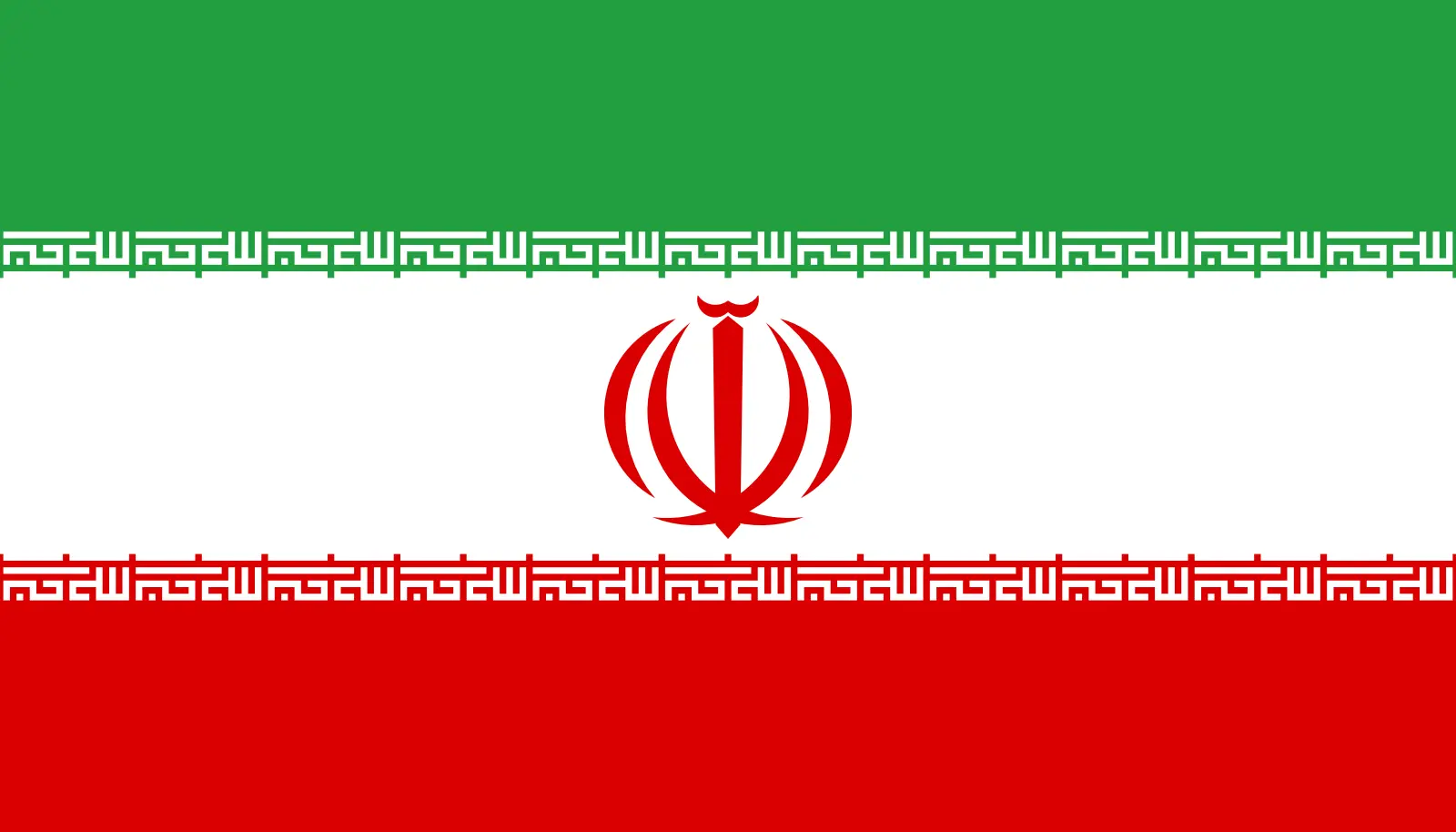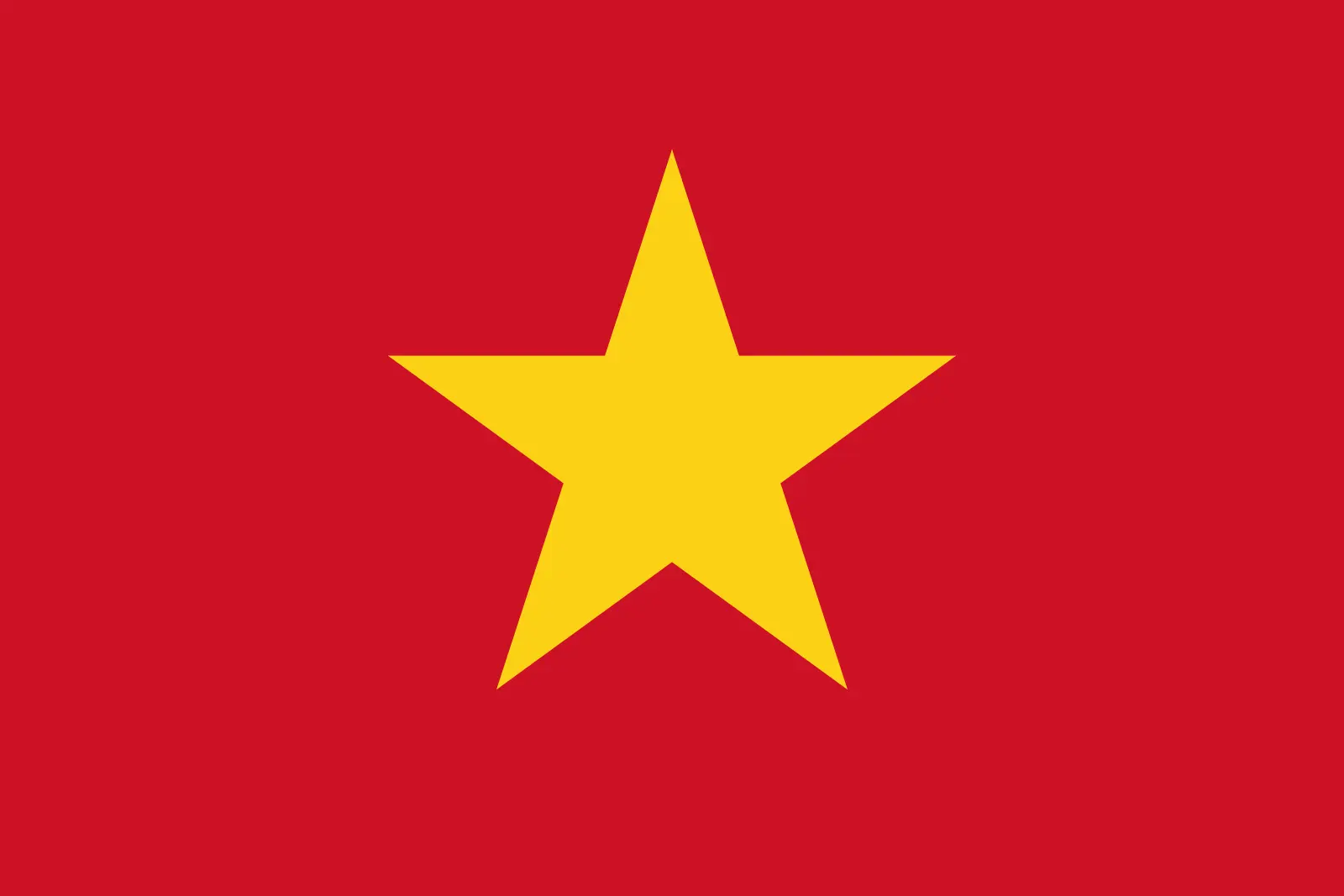Global Market Size, Forecast, and Trend Highlights Over 2025-2037
eFuse IC Market size was valued at USD 545.5 million in 2024 and is projected to reach a valuation of USD 948.4 million by the end of 2037, rising at a CAGR of 4.2% during the forecast period, i.e., 2025-2037. In 2025, the industry size eFuse IC is evaluated at USD 578.3 million.
The eFuse IC market is experiencing a moderate shift as new and innovative technologies and energy-demanding applications emerge in automotive, data center, consumer electronics, and telecommunication industries. Manufacturers are expanding their offerings to provide enhanced, compact, and reprogrammable circuit protection devices. In July 2024, Toshiba introduced the TCKE9 Series of compact, high-voltage eFuse ICs for automotive applications with safety features including current limiting and over temperature protection. These ICs help reduce the power architecture complexity in industrial and consumer applications and are superior to mechanical fuses. Furthermore, as 5G and edge computing environments evolve, eFuses are critical to protect critical power paths.
The electronics industry is gradually shifting towards digitalization and governments are also promoting the use of safer electronics, which is driving the demand for eFuse ICs across the world. This growth is being driven by infrastructure developments, especially in the financial and public services industries. Cisco Systems began constructing its first edge data centers in May 2024 to meet regulatory requirements in Indonesia. This highlights the significance of effective power management and circuit protection, leading to the importance of eFuse ICs in the next-generation data applications. With the increase in consumer electronics and electric vehicles, along with the trend of shifting towards renewable energy systems, eFuse ICs are becoming an essential element in power integrity and system reliability solutions across industries.

eFuse IC Market: Growth Drivers and Challenges
Growth Drivers
- Increased EV adoption and the development of fast charging stations: The transition to electric mobility is one of the key drivers of eFuse ICs' growth due to the increasing demand for electric cars. For instance, as per International Energy Agency (IEA), electric car sales increased by 3.6 million units between 2022 and 2023. Due to the increasing sophistication of EV systems, eFuse ICs are necessary to safeguard battery management systems, inverters, and high voltage charging devices. Siemens acquired Heliox in January 2024 to invest in the electric vehicle fast-charging ecosystem for trucks and buses. This further increases the need for high-reliability eFuses in high-voltage networks to provide thermal protection and maintain circuit integrity.
- Smartphone and consumer electronics boom: Another robust demand driver is the continued emergence of small and powerful consumer devices that have short charging times. According to research, in 2024, more than 4.69 billion people worldwide own a smartphone, tablet, or wearable device, and eFuse ICs contribute to the protection of internal circuits and safe power supply in such devices. In response to this trend, manufacturers have developed compact, low resistance eFuses that can accommodate high-speed charging standards. It is for this reason that their use in extending battery life and managing overcurrent conditions is making them indispensable in future models of consumer electronics.
- Data center and high-density storage integration: Due to the increase in data usage and the demand for storage solutions through artificial intelligence, power protection at the circuit level is paramount. In February 2025, Solidigm collaborated with Broadcom in the development of AI-based SSDs such as the 122TB D5-P5336. These sophisticated storage systems necessitate thermal safety and power path protection, which in turn enhance the demand for precision eFuse ICs. Increasingly, high-capacity SSDs and servers are being deployed in enterprise settings, and eFuse solutions are integrated into power delivery architecture to optimize performance and avoid thermal issues.
Challenges
- Supply chain volatility and component lead time: The global semiconductor supply chain remains disrupted, leading to further delays in eFuse IC production lead times. Long lead times also affect OEM planning since manufacturers must focus on inventory management and use other protection components in some applications with low demand. This could also result in price changes and affect the profitability of the manufacturers, not to mention the consumer who may be forced to pay more for the product.
- Regulatory complexity and integration barriers: Meeting the requirements of new safety and energy efficiency standards is a problem of integration. The National Electrical Code (NEC) requires specific circuit protection requirements for most electrical installations, especially for commercial and industrial applications. To meet these requirements, eFuse ICs need to be certified in a variety of safety standards, which often results in longer testing and redesign times. Furthermore, intelligent protection may need architectural modifications to legacy systems, which results in resistance in cost-sensitive markets where traditional fuses are still in use.
eFuse IC Market: Key Insights
| Report Attribute | Details |
|---|---|
|
Base Year |
2024 |
|
Forecast Year |
2025-2037 |
|
CAGR |
4.2% |
|
Base Year Market Size (2024) |
USD 545.5 million |
|
Forecast Year Market Size (2037) |
USD 948.4 million |
|
Regional Scope |
|
eFuse IC Segmentation
Type (Auto Retry Type eFuse, Latched Type eFuse)
Auto retry type segment is projected to hold over 59% eFuse IC market share by the end of 2037, owing to the smart recovery feature and simple integration. These ICs are designed to resume operation as soon as fault conditions decrease, helping minimize the amount of time lost in power-sensitive systems. In July 2024, Nexperia released two new high-current 12V electronic fuses, NPS3102A and NPS3102B, for 12V hot-swap applications in storage, communication, and automation industries. Their low-resistance MOSFET and broad voltage range ensure that power is well managed and system robustness is improved. With increasing miniaturization and integration of electronics, auto retry eFuses provide circuit protection without the need for manual operation.
Application (Hard Disk Drives, Solid State Drives, Automotive Electronics, Servers and Data Center Equipment)
Solid state drives segment is estimated to capture eFuse IC market share of over 39% by 2037. Due to the high-speed data transfer and thermal loading in SSDs, careful circuit protection is necessary to avoid short-circuit and power-related issues, which can be solved by eFuse ICs. In December 2024, Lenovo launched the ThinkPad T14s Gen 6 equipped with the new AMD processors and artificial intelligence. Such high-performance laptops require the incorporation of improved circuit protection, this is where eFuses in compact SSDs and embedded systems come in handy. As storage devices continue to offer higher performance and higher density, eFuse ICs assure precise thermal management, power consumption, and data retention.
Our in-depth analysis of the global eFuse IC market includes the following segments:
|
Type |
|
|
Application |
|
|
End user |
|

Vishnu Nair
Head - Global Business DevelopmentCustomize this report to your requirements — connect with our consultant for personalized insights and options.
eFuse IC Industry - Regional Synopsis
North America Market Analysis
By the end of 2037, North America eFuse IC market is poised to hold over 33.8% revenue share, due to industrial automation, safety standards, and technological advancement. In June 2024, Texas Instruments and Delta Electronics established a joint lab that aimed at improving the system density of EVs. This partnership strengthens the protection of high voltage systems to support the eFuse ecosystem in automotive applications. A well-developed infrastructure and high legislative protection of the automotive industry, as well as the widespread adoption of electric vehicles, make North America an ideal environment for the development of eFuse.
The U.S. eFuse IC market benefits from stringent safety protocols and high-tech infrastructure. In February 2023, AT&T and ServiceNow introduced a telecom network inventory platform for 5G and fiber deployment. As CSPs improve their hardware, eFuse ICs are crucial for maintaining security in power delivery. The NEC regulatory compliance makes its adoption common in commercial buildings and data centers. Also, higher semiconductor investments enhance the position of the U.S. as a center for innovation in circuit protection.
The demand for eFuse ICs in Canada is primarily driven by the telecom and automotive sectors’ modernization. With increased adoption of electrification, smart circuit protection plays a critical role in the durability of powertrains and onboard electronics. Government incentives to green technology also foster the integration of smart components. Business partnerships with U.S.-based firms also facilitate supply chain integration and place Canada at the forefront of North America eFuse adoption curve.
Asia Pacific eFuse IC Market Statistics
Asia Pacific excluding Japan eFuse IC market is estimated to witness growth rate of over 4.5% till 2037. Some of the major factors include increased digital connectivity, smartphone usage, and electric vehicle manufacturing. With Asia accounting for 59% of the global population in December 2024, electronics consumption is scaling rapidly. eFuse ICs are being integrated into mobile devices, wearables, and smart appliances to fulfill safety and efficiency requirements.
China is the largest consumer in APEJ due to its electronics and electric vehicle industries. In January 2024, BMW released the i5 electric and hybrid models in China, thus increasing the need for automotive-grade eFuses. With China continuing to dominate electronics manufacturing, the need for more miniaturized, cost-effective circuit protection is likely to grow. The expansion of the telecom sector and the proliferation of 5G make eFuse ICs even more critical to mobile networks.
India is emerging as a significant growth center due to its focus on electronics manufacturing and favorable policies. The government of India declared a scheme in April 2024 for developing an eco-friendly component ecosystem. This sustainability push is expected to increase the need for intelligent power management devices such as eFuse ICs. As the mobile usage and manufacturing incentives are increasing, the eFuse adoption curve of India is expected to soar in the Industrial as well as consumer segments.

Companies Dominating the eFuse IC Market
- Alpha and Omega Semiconductor Limited
- Company Overview
- Business Strategy
- Key Product Offerings
- Financial Performance
- Key Performance Indicators
- Risk Analysis
- Recent Development
- Regional Presence
- SWOT Analysis
- Diodes Incorporated
- Littelfuse, Inc
- Microchip Technology Inc
- Monolithic Power Systems, Inc
- Qorvo, Inc
- Semtech Corporation
- Silergy Corp
- STMicroelectronics N.V.
- Texas Instruments Incorporated
- TOSHIBA ELECTRONIC DEVICES & STORAGE CORPORATION
- Vishay Intertechnology, Inc
The eFuse IC market is highly competitive with strategic positioning based on innovation by electronics manufacturing companies across the globe. Some of the prominent players in eFuse IC market are Alpha and Omega Semiconductor Limited, Diodes Incorporated, Littelfuse Inc., Microchip Technology Inc., Monolithic Power Systems Inc., Qorvo Inc., Semtech Corporation, Silergy Corp., STMicroelectronics N.V., Texas Instruments Incorporated, Toshiba Electronic Devices & Storage Corporation, and Vishay Intertechnology Inc. These companies are increasing their portfolios of compact, programmable ICs that address changing requirements for power, safety and digital integration.
Product innovation, coupled with cross-industry collaborations and regionalization initiatives, will remain the key to eFuse IC market leadership in the emerging eFuse IC space. In July 2024, Toshiba introduced new members to its reusable eFuse IC product range to meet the increasing demand for power protection in consumer and industrial applications. The new devices provide built-in short-circuit, overvoltage, and overcurrent protection, helping to ease integration into smart electronics, simplify the design, and improve thermal management in compact applications. These solutions further establish players’ continuous efforts to develop versatile circuit protection solutions to meet the requirements of modern power systems.
Here are some leading companies in the eFuse IC market:
Recent Developments
- In August 2024, Bosch launched an assembly line in India for advanced video systems featuring FLEXIDOME IP Starlight 5000i cameras. The growing need for high-performance surveillance systems is driving demand for reliable eFuse ICs in camera modules and supporting electronics.
- In January 2024, STMicroelectronics inaugurated a new production facility to strengthen global manufacturing and R&D capabilities. This expansion supports broader deployment of eFuse ICs across European markets, particularly in industrial automation, automotive, and consumer electronics.
- In November 2023, Schneider Electric signed a USD 3 billion equipment agreement with Compass Datacenters to meet surging data center demand. This long-term deal accelerates eFuse IC adoption as data infrastructure requires advanced circuit protection and energy-efficient power architectures
- Report ID: 7349
- Published Date: Mar 18, 2025
- Report Format: PDF, PPT
- Get detailed insights on specific segments/region
- Inquire about report customization for your industry
- Learn about our special pricing for startups
- Request a demo of the report’s key findings
- Understand the report’s forecasting methodology
- Inquire about post-purchase support and updates
- Ask About Company-Level Intelligence Additions
Have specific data needs or budget constraints?
Frequently Asked Questions (FAQ)
eFuse IC Market Report Scope
FREE Sample Copy includes market overview, growth trends, statistical charts & tables, forecast estimates, and much more.
Connect with our Expert
See how top U.S. companies are managing market uncertainty — get your free sample with trends, challenges, macroeconomic factors, charts, forecasts, and more.
 Inquiry Before Buying
Inquiry Before Buying


 Afghanistan (+93)
Afghanistan (+93)
 Åland Islands (+358)
Åland Islands (+358)
 Albania (+355)
Albania (+355)
 Algeria (+213)
Algeria (+213)
 American Samoa (+1684)
American Samoa (+1684)
 Andorra (+376)
Andorra (+376)
 Angola (+244)
Angola (+244)
 Anguilla (+1264)
Anguilla (+1264)
 Antarctica (+672)
Antarctica (+672)
 Antigua and Barbuda (+1268)
Antigua and Barbuda (+1268)
 Argentina (+54)
Argentina (+54)
 Armenia (+374)
Armenia (+374)
 Aruba (+297)
Aruba (+297)
 Australia (+61)
Australia (+61)
 Austria (+43)
Austria (+43)
 Azerbaijan (+994)
Azerbaijan (+994)
 Bahamas (+1242)
Bahamas (+1242)
 Bahrain (+973)
Bahrain (+973)
 Bangladesh (+880)
Bangladesh (+880)
 Barbados (+1246)
Barbados (+1246)
 Belarus (+375)
Belarus (+375)
 Belgium (+32)
Belgium (+32)
 Belize (+501)
Belize (+501)
 Benin (+229)
Benin (+229)
 Bermuda (+1441)
Bermuda (+1441)
 Bhutan (+975)
Bhutan (+975)
 Bolivia (+591)
Bolivia (+591)
 Bosnia and Herzegovina (+387)
Bosnia and Herzegovina (+387)
 Botswana (+267)
Botswana (+267)
 Bouvet Island (+)
Bouvet Island (+)
 Brazil (+55)
Brazil (+55)
 British Indian Ocean Territory (+246)
British Indian Ocean Territory (+246)
 British Virgin Islands (+1284)
British Virgin Islands (+1284)
 Brunei (+673)
Brunei (+673)
 Bulgaria (+359)
Bulgaria (+359)
 Burkina Faso (+226)
Burkina Faso (+226)
 Burundi (+257)
Burundi (+257)
 Cambodia (+855)
Cambodia (+855)
 Cameroon (+237)
Cameroon (+237)
 Canada (+1)
Canada (+1)
 Cape Verde (+238)
Cape Verde (+238)
 Cayman Islands (+1345)
Cayman Islands (+1345)
 Central African Republic (+236)
Central African Republic (+236)
 Chad (+235)
Chad (+235)
 Chile (+56)
Chile (+56)
 China (+86)
China (+86)
 Christmas Island (+61)
Christmas Island (+61)
 Cocos (Keeling) Islands (+61)
Cocos (Keeling) Islands (+61)
 Colombia (+57)
Colombia (+57)
 Comoros (+269)
Comoros (+269)
 Cook Islands (+682)
Cook Islands (+682)
 Costa Rica (+506)
Costa Rica (+506)
 Croatia (+385)
Croatia (+385)
 Cuba (+53)
Cuba (+53)
 Curaçao (+599)
Curaçao (+599)
 Cyprus (+357)
Cyprus (+357)
 Czechia (+420)
Czechia (+420)
 Democratic Republic of the Congo (+243)
Democratic Republic of the Congo (+243)
 Denmark (+45)
Denmark (+45)
 Djibouti (+253)
Djibouti (+253)
 Dominica (+1767)
Dominica (+1767)
 Dominican Republic (+1809)
Dominican Republic (+1809)
 Timor-Leste (+670)
Timor-Leste (+670)
 Ecuador (+593)
Ecuador (+593)
 Egypt (+20)
Egypt (+20)
 El Salvador (+503)
El Salvador (+503)
 Equatorial Guinea (+240)
Equatorial Guinea (+240)
 Eritrea (+291)
Eritrea (+291)
 Estonia (+372)
Estonia (+372)
 Ethiopia (+251)
Ethiopia (+251)
 Falkland Islands (+500)
Falkland Islands (+500)
 Faroe Islands (+298)
Faroe Islands (+298)
 Fiji (+679)
Fiji (+679)
 Finland (+358)
Finland (+358)
 France (+33)
France (+33)
 Gabon (+241)
Gabon (+241)
 Gambia (+220)
Gambia (+220)
 Georgia (+995)
Georgia (+995)
 Germany (+49)
Germany (+49)
 Ghana (+233)
Ghana (+233)
 Gibraltar (+350)
Gibraltar (+350)
 Greece (+30)
Greece (+30)
 Greenland (+299)
Greenland (+299)
 Grenada (+1473)
Grenada (+1473)
 Guadeloupe (+590)
Guadeloupe (+590)
 Guam (+1671)
Guam (+1671)
 Guatemala (+502)
Guatemala (+502)
 Guinea (+224)
Guinea (+224)
 Guinea-Bissau (+245)
Guinea-Bissau (+245)
 Guyana (+592)
Guyana (+592)
 Haiti (+509)
Haiti (+509)
 Honduras (+504)
Honduras (+504)
 Hong Kong (+852)
Hong Kong (+852)
 Hungary (+36)
Hungary (+36)
 Iceland (+354)
Iceland (+354)
 India (+91)
India (+91)
 Indonesia (+62)
Indonesia (+62)
 Iran (+98)
Iran (+98)
 Iraq (+964)
Iraq (+964)
 Ireland (+353)
Ireland (+353)
 Isle of Man (+44)
Isle of Man (+44)
 Israel (+972)
Israel (+972)
 Italy (+39)
Italy (+39)
 Jamaica (+1876)
Jamaica (+1876)
 Japan (+81)
Japan (+81)
 Jersey (+44)
Jersey (+44)
 Jordan (+962)
Jordan (+962)
 Kazakhstan (+7)
Kazakhstan (+7)
 Kenya (+254)
Kenya (+254)
 Kiribati (+686)
Kiribati (+686)
 Kuwait (+965)
Kuwait (+965)
 Kyrgyzstan (+996)
Kyrgyzstan (+996)
 Laos (+856)
Laos (+856)
 Latvia (+371)
Latvia (+371)
 Lebanon (+961)
Lebanon (+961)
 Lesotho (+266)
Lesotho (+266)
 Liberia (+231)
Liberia (+231)
 Libya (+218)
Libya (+218)
 Liechtenstein (+423)
Liechtenstein (+423)
 Lithuania (+370)
Lithuania (+370)
 Luxembourg (+352)
Luxembourg (+352)
 Macao (+853)
Macao (+853)
 Madagascar (+261)
Madagascar (+261)
 Malawi (+265)
Malawi (+265)
 Malaysia (+60)
Malaysia (+60)
 Maldives (+960)
Maldives (+960)
 Mali (+223)
Mali (+223)
 Malta (+356)
Malta (+356)
 Marshall Islands (+692)
Marshall Islands (+692)
 Mauritania (+222)
Mauritania (+222)
 Mauritius (+230)
Mauritius (+230)
 Mayotte (+262)
Mayotte (+262)
 Mexico (+52)
Mexico (+52)
 Micronesia (+691)
Micronesia (+691)
 Moldova (+373)
Moldova (+373)
 Monaco (+377)
Monaco (+377)
 Mongolia (+976)
Mongolia (+976)
 Montenegro (+382)
Montenegro (+382)
 Montserrat (+1664)
Montserrat (+1664)
 Morocco (+212)
Morocco (+212)
 Mozambique (+258)
Mozambique (+258)
 Myanmar (+95)
Myanmar (+95)
 Namibia (+264)
Namibia (+264)
 Nauru (+674)
Nauru (+674)
 Nepal (+977)
Nepal (+977)
 Netherlands (+31)
Netherlands (+31)
 New Caledonia (+687)
New Caledonia (+687)
 New Zealand (+64)
New Zealand (+64)
 Nicaragua (+505)
Nicaragua (+505)
 Niger (+227)
Niger (+227)
 Nigeria (+234)
Nigeria (+234)
 Niue (+683)
Niue (+683)
 Norfolk Island (+672)
Norfolk Island (+672)
 North Korea (+850)
North Korea (+850)
 Northern Mariana Islands (+1670)
Northern Mariana Islands (+1670)
 Norway (+47)
Norway (+47)
 Oman (+968)
Oman (+968)
 Pakistan (+92)
Pakistan (+92)
 Palau (+680)
Palau (+680)
 Palestine (+970)
Palestine (+970)
 Panama (+507)
Panama (+507)
 Papua New Guinea (+675)
Papua New Guinea (+675)
 Paraguay (+595)
Paraguay (+595)
 Peru (+51)
Peru (+51)
 Philippines (+63)
Philippines (+63)
 Poland (+48)
Poland (+48)
 Portugal (+351)
Portugal (+351)
 Puerto Rico (+1787)
Puerto Rico (+1787)
 Qatar (+974)
Qatar (+974)
 Romania (+40)
Romania (+40)
 Russia (+7)
Russia (+7)
 Rwanda (+250)
Rwanda (+250)
 Saint Barthélemy (+590)
Saint Barthélemy (+590)
 Saint Helena, Ascension and Tristan da Cunha (+290)
Saint Helena, Ascension and Tristan da Cunha (+290)
 Saint Kitts and Nevis (+1869)
Saint Kitts and Nevis (+1869)
 Saint Lucia (+1758)
Saint Lucia (+1758)
 Saint Martin (French part) (+590)
Saint Martin (French part) (+590)
 Saint Pierre and Miquelon (+508)
Saint Pierre and Miquelon (+508)
 Saint Vincent and the Grenadines (+1784)
Saint Vincent and the Grenadines (+1784)
 Samoa (+685)
Samoa (+685)
 San Marino (+378)
San Marino (+378)
 Sao Tome and Principe (+239)
Sao Tome and Principe (+239)
 Saudi Arabia (+966)
Saudi Arabia (+966)
 Senegal (+221)
Senegal (+221)
 Serbia (+381)
Serbia (+381)
 Seychelles (+248)
Seychelles (+248)
 Sierra Leone (+232)
Sierra Leone (+232)
 Singapore (+65)
Singapore (+65)
 Sint Maarten (Dutch part) (+1721)
Sint Maarten (Dutch part) (+1721)
 Slovakia (+421)
Slovakia (+421)
 Slovenia (+386)
Slovenia (+386)
 Solomon Islands (+677)
Solomon Islands (+677)
 Somalia (+252)
Somalia (+252)
 South Africa (+27)
South Africa (+27)
 South Georgia and the South Sandwich Islands (+0)
South Georgia and the South Sandwich Islands (+0)
 South Korea (+82)
South Korea (+82)
 South Sudan (+211)
South Sudan (+211)
 Spain (+34)
Spain (+34)
 Sri Lanka (+94)
Sri Lanka (+94)
 Sudan (+249)
Sudan (+249)
 Suriname (+597)
Suriname (+597)
 Svalbard and Jan Mayen (+47)
Svalbard and Jan Mayen (+47)
 Eswatini (+268)
Eswatini (+268)
 Sweden (+46)
Sweden (+46)
 Switzerland (+41)
Switzerland (+41)
 Syria (+963)
Syria (+963)
 Taiwan (+886)
Taiwan (+886)
 Tajikistan (+992)
Tajikistan (+992)
 Tanzania (+255)
Tanzania (+255)
 Thailand (+66)
Thailand (+66)
 Togo (+228)
Togo (+228)
 Tokelau (+690)
Tokelau (+690)
 Tonga (+676)
Tonga (+676)
 Trinidad and Tobago (+1868)
Trinidad and Tobago (+1868)
 Tunisia (+216)
Tunisia (+216)
 Turkey (+90)
Turkey (+90)
 Turkmenistan (+993)
Turkmenistan (+993)
 Turks and Caicos Islands (+1649)
Turks and Caicos Islands (+1649)
 Tuvalu (+688)
Tuvalu (+688)
 Uganda (+256)
Uganda (+256)
 Ukraine (+380)
Ukraine (+380)
 United Arab Emirates (+971)
United Arab Emirates (+971)
 United Kingdom (+44)
United Kingdom (+44)
 Uruguay (+598)
Uruguay (+598)
 Uzbekistan (+998)
Uzbekistan (+998)
 Vanuatu (+678)
Vanuatu (+678)
 Vatican City (+39)
Vatican City (+39)
 Venezuela (Bolivarian Republic of) (+58)
Venezuela (Bolivarian Republic of) (+58)
 Vietnam (+84)
Vietnam (+84)
 Wallis and Futuna (+681)
Wallis and Futuna (+681)
 Western Sahara (+212)
Western Sahara (+212)
 Yemen (+967)
Yemen (+967)
 Zambia (+260)
Zambia (+260)
 Zimbabwe (+263)
Zimbabwe (+263)

